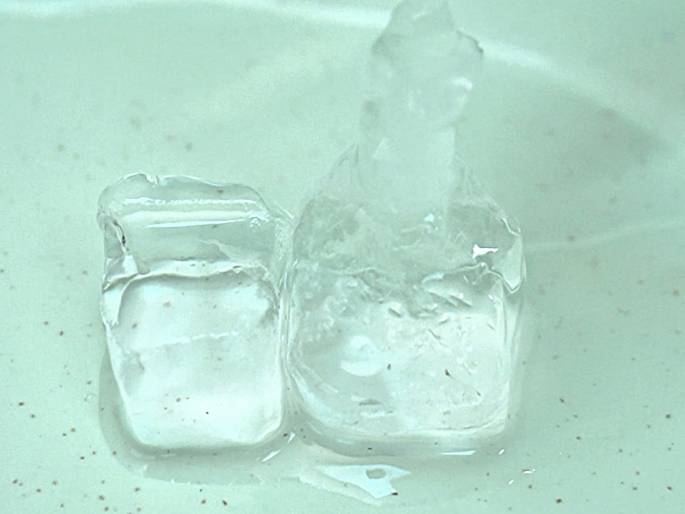Making Icicles
Stem Activities

Ages: 6-8

Greater than 30 minutes

Grownup needed
Would you believe that water drops can turn to ice the instant they fall? While it sounds like magic, it's actually based on scientific principles. In this instant-freezing experiment, we'll use ice, water, and salt - it's that simple. Get ready to witness this scientific miracle!
Materials Needed
- A bowl of ice cubes
- Salt
- One bottle of distilled water
Step-by-step tutorial
Pour 50 grams of salt over the ice cubes.
Place the bottled distilled water among the ice cubes and wait patiently for 45 minutes.
After 45 minutes, remove the water bottle from the bowl.

Place a few ice cubes on a plate.

Carefully and slowly pour the chilled water over the ice cubes. Watch the magic happen!

The Science Behind It:
For water to freeze, water molecules need to find a suitable location or surface to begin crystallisation - these are called nucleation points (tiny impurities in the water, bubbles, or uneven surfaces of containers). However, when water is very pure, ice crystals struggle to form, allowing the water to remain liquid below 0°C - this is called "supercooled water". When this supercooled water is disturbed, such as by encountering ice cubes or receiving an impact, it freezes instantly!

 STEM Activities
STEM Activities Artistic Adventures
Artistic Adventures Playful Learning
Playful Learning The Recipe Repository
The Recipe Repository  Nature Explorations
Nature Explorations












